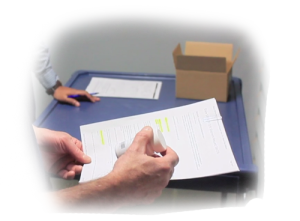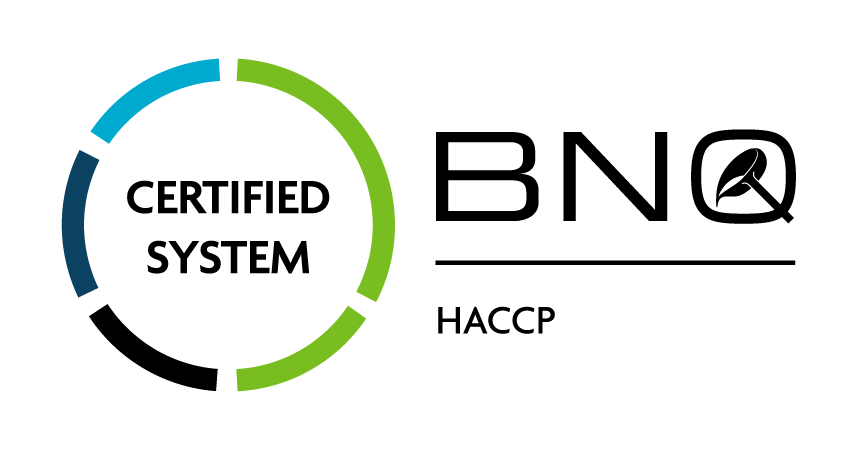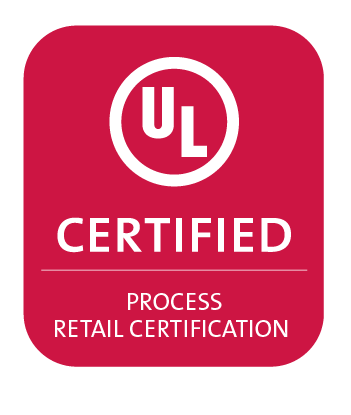
Determining a drug candidate’s probability of commercial success is a most significant phase in the drug development process. There is no room for error. Therefore, every component of clinical studies must be performed with the highest level of accuracy, not only to ensure the validity of the study results but also to avoid costly delays.
One step where mistakes will negatively impact the schedule and add expense is clinical labeling. Adherence to an approved clinical protocol is essential, for when errors occur, an investigation results, typically causing delays of one to two weeks. Following this checklist when creating labels will keep the clinical study advancing on schedule.
• Name, address and telephone number of the sponsor, contract research organization or investigator
• Pharmaceutical dosage form, route of administration, quantity of dosage units and, in the case of open trials, the name/identifier and strength/potency
• The batch and/or code number to identify the contents and packaging operation
• A trial reference code allowing identification of the trial, site, investigator and sponsor, if not given elsewhere
• The trial subject identification number/treatment number and, where relevant, the visit number
• Directions for use (reference may be made to a leaflet or other explanatory document intended for the trial subject or person administering the product)
• “For clinical trial use only” or similar wording
• The required storage conditions
• Period of use (use‐by date, expiry date or re‐test date as applicable), in month/year format and in a manner that avoids any inconsistences
• “Keep out of reach of children” except for trials in which the product is not taken home by subjects
Labels are a vital component of clinical trials, so much so that they are locked away, with access limited to only certain personnel. When accessed, labels should be signed out and carefully tracked through a log book. And to ensure the highest level of security, a member of the quality assurance staff should accompany the person with the labels to the agreed-upon destination.
Clinical trial labeling can be a study’s weak link, but it needn’t be. Using the above steps as a guide helps to ensure accuracy.
Reference: Clintrak Clinical Labeling Service
Article by: LYNN KAMINE
Download the File





